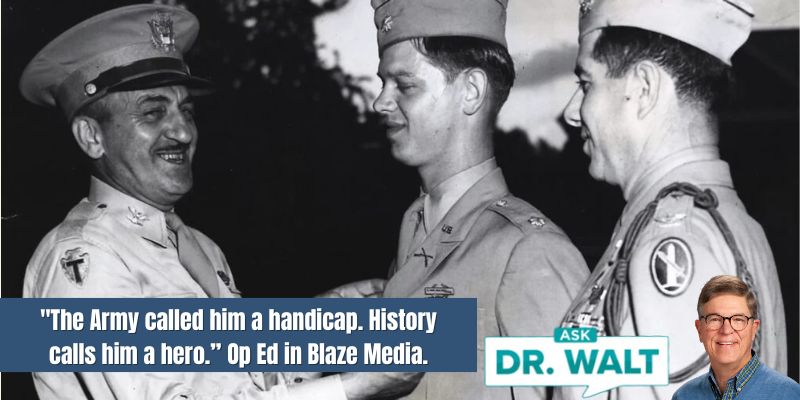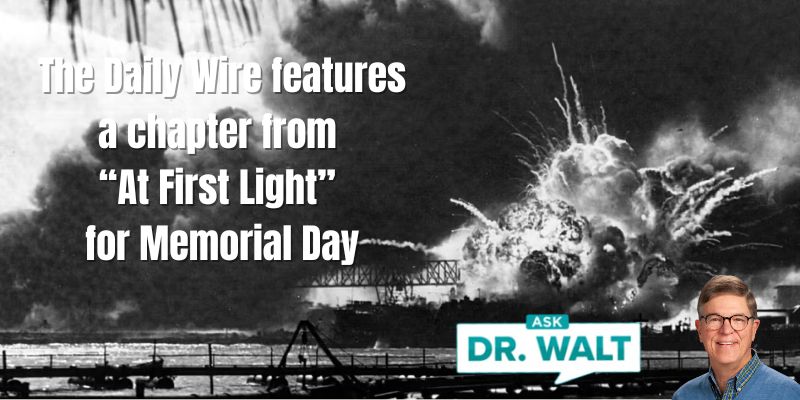
August 15, 1944 — The southern France D-Day (Part 3)
August 15, 2024
August 17, 1944 – D-Day +2 in southern France – a light and dark side to the invasion
August 17, 2024By noon of August 16, 1944, D-Day +1, leading elements of the 3rd Infantry Division were twenty miles inland. Its gains were surprising, and gratifying, in comparison with its former landing operations below Nettuno. In retrospect, here is what had happened:[1]

The provisional airborne division; the rapid advances inland of all three United States divisions; the harassment of naval gunfire along the coast; the disrupting of the enemy’s lines of communications and movement of enemy reserves by well-organized and well-armed French resistance groups; the bombing “strangle”—all these prevented the enemy from making the ghost of a showing of countermeasure or even offering effective resistance.
“We broke a very thin crust,” said one high-ranking United States officer “and behind the crust there was nothing that could stop us.”
So, with scarcely a pause, the 3rd Infantry Division prepared to make its longest advance in the shortest length of time that it had ever made—or ever would make—in Europe.
Movement and attack orders were, for the most part, to be issued verbally by the VI Corps commander, Maj. Gen. Lucian K. Truscott, to General O’Daniel; General O’Daniel’s orders were usually issued the same way to his regimental commanders. The confirming orders, on paper, would be sent along days later, but right now it was “to hell with written orders, let’s get going.”
The enemy had been maneuvered back on his heels, and every man in VI Corps, weary though he might be, could not help but sense that keeping the enemy off balance was a sure way to keep casualties to the bare minimum. The Division moved west against only scattered, unorganized resistance.
Improvisation paid dividends. It was found that an entire infantry battalion could be completely loaded on transportation within a regiment, including tanks, TDs, jeeps, and other assorted vehicles without having recourse to non-organic vehicles.
It was a common sight to see a whole rifle battalion moving down a road—doughboys draped over the 3-inch guns of tank destroyers, clinging to the slippery-sided tanks of the 756th, or loaded sixes-and-sevens to trailer-hauling jeeps.
Tanks and tank destroyers were being used with infantry to patrol and clear roads linking battalion sectors. Towns captured in twenty-four hours included Le Lavandou, Bormes, Leoube, Pierrefeu, Pignans, Carnoules, Puget Ville, Rocbarron, and Flassans.[2]
Outside of one town was a hand-painted sign: “Welcome to our Liberators.” [3]
~~~~~
Smarting under the wrongs and indignities endured during the years of German ccupation, members of the French underground now emerge from their hiding and strike. Sometimes we find whole towns liberated by the F.F.I and waiting our entrance. Maquis join our forces as guides and give us information on enemy strongpoints.
The German dead are often dumped in abandoned foxholes and overed unceremoniously with the soil they held in captivity. When it rains, their boots stick gruesomely from the mud.
Meanwhile, the Third Army continued its slashing drive across middle France. When we contact it, all the Germans in a vast section of the country will be caught in a trap. For three days we move forward in trucks, encountering only roadblocks and pockets of resistance. After the slow battering months in Italy, our advance seems incredibly swift.
We experience great exhilaration, for there is nothing so good for the morale of the foot soldier as progress. Long ago we came to believe that our only way home lay through the Siegfried Line; and each mile that we move up the Rhone Valley of France is another mile nearer America.
The Germans react strangely to the situation. In one instance, twenty thousand of them surrender to a single American platoon. Yet often we encounter handfuls of men who fight like wildcats to slow our offensive.[4]
~~~~~
Later that day, the 30th Regiment … moved west through Cogolin. … The enemy was falling back on his heels, and every man in the 3rd Division knew that keeping the enemy off balance was a sure way to keep casualties to the bare minimum.[5]
[1] Taggart, 210.
[2] Ibid, 210-212.
[3] See Picture In Taggart, 213.
[4] Murphy. To Hell and Back. 183-184.
[5] Champagne, 83-84.
In case you haven’t read or listened to Dad’s book, you can learn more or order it here.
© Copyright WLL, INC. 2024.




